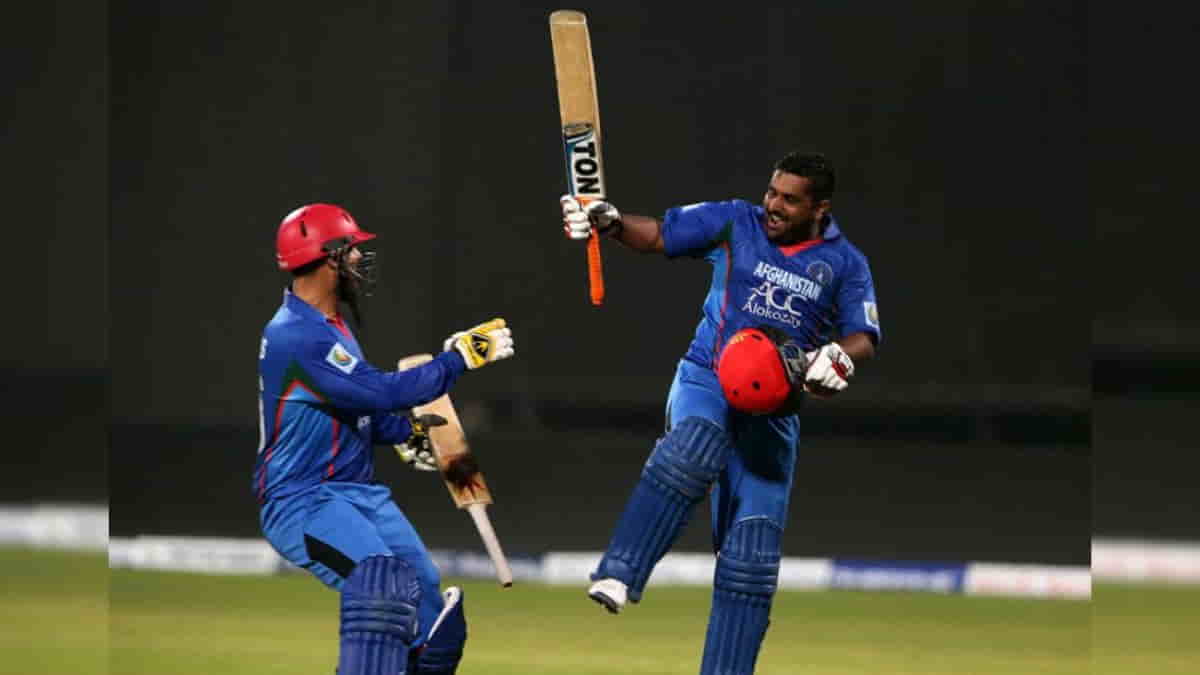 Source: X
Source: X
Batting depth and having more batters who can bowl some overs is one of the most debated topics in the ongoing time and will likely continue till the conclusion of the ODI World Cup. Having some extra all-rounders or part-time bowlers is a luxury for any captain. This article will take a look at one such instance where the most bowlers were used in an ODI match. The hosts, India for example would have liked to have ideally 2-3 batters who could bowl a bit.
Most bowlers used in an ODI match
The record for most bowlers being used in a match was made in February 2010 during a match between Afghanistan and Canada. 17 bowlers were used in the game, with Afghanistan using nine while Canada used eight. Canada skipper, Ashish Bagai won the toss and elected to bowl first.
1st innings- Afghanistan’s batting
The Canadian bowlers started on a strong note as right-arm pacer, Khurram Chohan dismissed Karim Sadiq for a six-ball duck. But after the first wicket, everything went haywire for the Canadian bowlers as Noor Ali Zadran and Mohammad Shahzad scored centuries. Afghanistan’s opener, Noor Ali scored 114 runs in 127 balls hitting 10 fours and 2 sixes. Wicketkeeper, Shahzad scored 118 runs in 121 balls hitting 11 fours and 2 sixes. The duo shared a 205-run stand for the second wicket. Afghanistan’s skipper, Nawroz Mangal also played a crucial knock of 32 runs in just 29 balls. Afghanistan scored 289 runs for the loss of 6 wickets in the first innings.
Canada used eight bowlers in the first innings but only two of them were among the wickets. Khurram Chohan was the pick of the Canadian bowlers as picked up four wickets including Sadiq, the two centurions and Asghar Afghan. Right-arm medium pacer, Harvir Baidan took the other two wickets. Umar Bhatti, Rizwan Cheema, Sunil Dhaniram, Sandeep Jyoti, Hiral Patel and Ramesh David were the other six bowlers who were used by Canada. Trevin Bastiampillai, wicketkeeper, Ashish Bagai and Usman Limbada were the only players who did not bowl.
2nd innings- Canada’s batting
Canada started on an aggressive note with the bat in hand. Openers, Bastiampillai and Cheema scored 59 runs when they lost their first wicket in 6.5 overs. Rizwan Cheema scored 61 runs in 35 balls hitting 11 fours and 2 sixes. Skipper, Ashish remained not out scoring 91 runs in 99 balls. He received support from Sunil Dhaniram, who also scored a half-century. Canada looked like they would be able to chase the total. In the last five overs, they needed just 35 runs to win and had lost 6 wickets. They needed just 13 runs in 12 balls. Mohammad Nabi while bowling the final over had to defend 8 runs in the last over. Canada scored three runs in the first two balls. Nabi then conceded one run in the next three balls. Needing four runs to win Khurram Chohan tried to run three runs but was dismissed after running just two runs and lost the match by one run.
Samiullah Shinwari and Mohammad Nabi were the only two bowlers to pick wickets from Afghanistan’s nine bowlers. Leg-spinner, Shinwari took four wickets in his 10 overs while conceding just 31 runs. Nabi on the other hand picked up two wickets while conceding 45 runs in his 10 overs. The other bowlers used were: Shapoor Zadran, Dawlat Ahmadzai, Asghar Afghan, Aftab Alam, Karim Sadiq, skipper, Nawroz Mangal and Raees Ahmadzai. Ahmadzai was injured while bowling his third over and Asghar Afghan bowled two balls to complete his over.
A total of 17 bowlers being used in an ODI match is a historic event. It is highly unlikely that this record set in 2010 in an ODI match between Canada and Afghanistan will be broken.





